What is a
COHAT? |
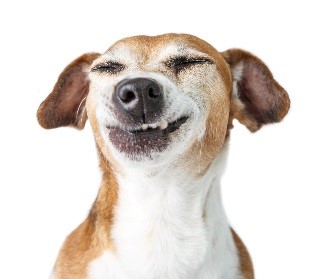 |
COHAT stands for Comprehensive Oral Health Assessment and Treatment
- Teeth (Visual, radiographic, probing)
- Facial Bones, TMJ
- Gums and Cheeks
- Tongue
- Tonsils
- Salivary Glands
- Lymph nodes
- Back of throat, Roof of Mouth
- Airway
|
Who Needs
a COHAT? |
 |
- Every dog and cat, annually
- An awake oral examination is a good initial assessment, but can only reveal so much
|
Why Is
Anesthesia
Necessary? |
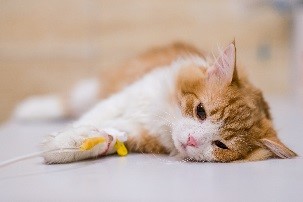 |
- It is impossible to fully evaluate the oral cavity, back of the throat, and teeth during an awake exam
- A complete cleaning involves scaling above and below the gum line on all tooth surfaces
- Radiographs can only be taken when your pet is fully anesthetized
Can you imagine your dog or cat holding a bite-wing? |
Anesthesia
is Safe |
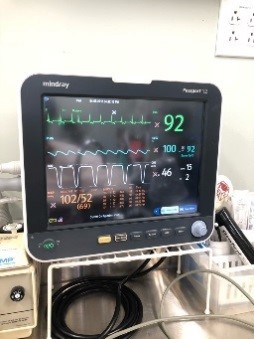 |
- Every patient gets a complete physical examination prior to the procedure and has a personalized anesthetic protocol designed by a board-certified veterinary anesthesiologist
- Premedication is given to decrease anxiety, an intravenous catheter is placed to allow fast, direct access for drug administration
- A dedicated CVT (certified veterinary technician: a specially trained and licensed professional) monitors every 5 minutes throughout the procedure
- Heart rate and rhythm
- Oxygen levels
- Blood pressure
- Temperature
- Safe anesthetic depth
|
Complete
Oral
Examination
and
Cleaning |
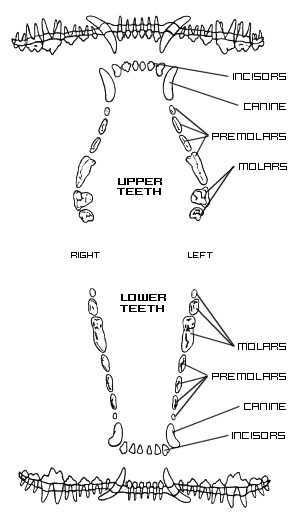 |
- The entire mouth and back of the throat are examined
- The entire surface of each tooth and around each tooth is examined and probed
- Each tooth is cleaned above and below the gum-line
- Teeth are polished to smooth each tooth surface and delay tartar accumulation
|
Dental
Disease
Can Be
Hidden |
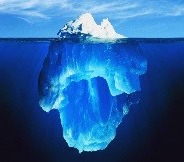 |
- Much of the tooth structure lies below the gum line
- Radiographs are essential for diagnosing and treating disease
|
Oral Health
is Linked
to Systemic
Health |
 |
- Provide a mouth free of pain and infection
- Infection/inflammation in the mouth can lead to infection/inflammation elsewhere in the body
|
| Extractions |
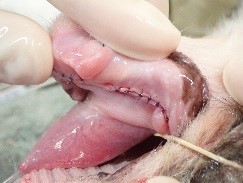 |
- All extraction sites are closed with dissolvable sutures
- Some extractions are performed using advanced surgical techniques
- Gingival flaps
- Removal of overlying bone
- Sectioning of multi-rooted teeth
|
| Recovery |
 |
- Patients are discharged same day (with a few exceptions)
- Pain is managed with oral medication for less than a week post-op
- Patients are limited to soft food for 2 weeks
|
Home
Care |
 |
- Daily brushing is essential!
- Veterinary Oral Health Council (VOHC)-approved products (VOHC.org)
- Treats
- Gels
- Wipes
- Diets
- Water Additives
|









